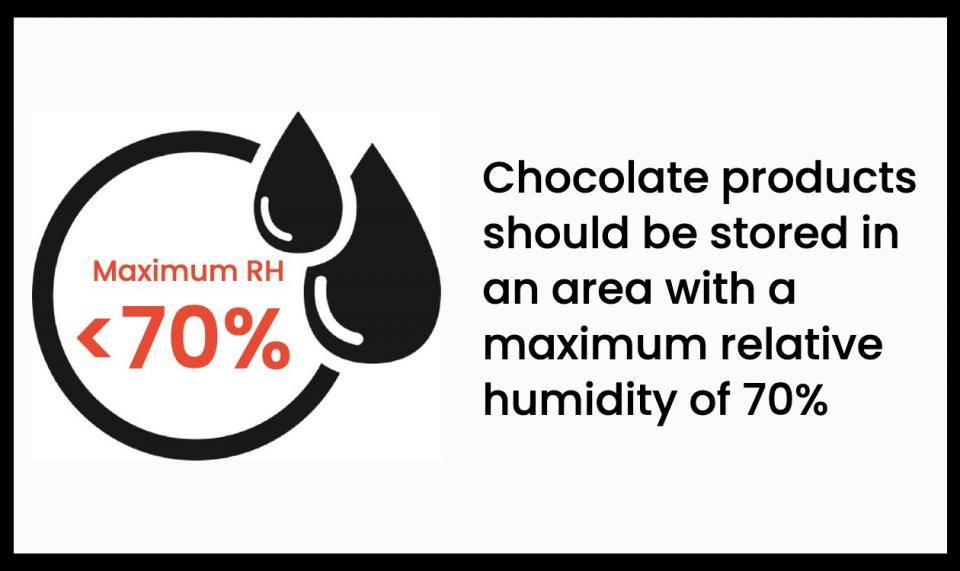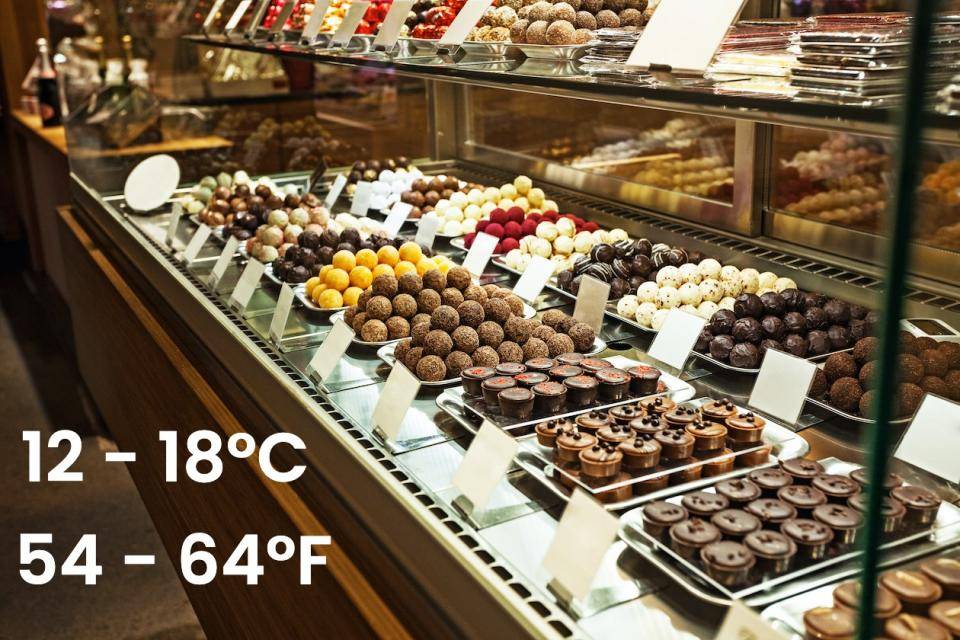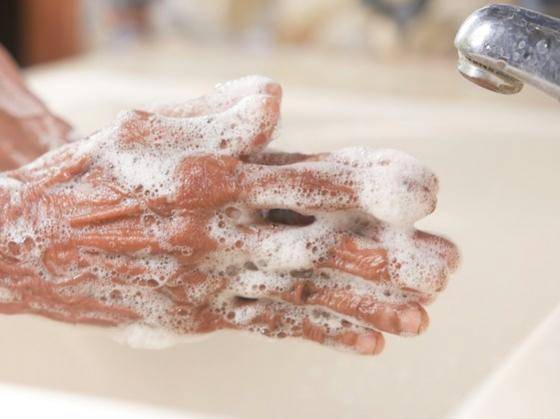Confectionery Shelf Life: Good Storage Practices
Confectionery Shelf Life: Good Storage Practices

Packaging and display cases not only showcase your products, they can be a crucial factor in maintaining the freshness of your products for as long as possible. For chefs who are able to work ahead, storage becomes just as important.
The ninth article in our collection of shelf-life articles discusses ideal conditions for storing and packaging your chocolate creations. If your products don't last as long as you think they should, this is a good topic to explore before you start to worry about measuring water activity.
Previous Article

Humidity
- As a rule, chocolate products should be stored in an area with a maximum relative humidity of 70%.
- If the room or case's humidity is too high, the risk of products absorbing moisture from the room is also high, and an increase of Aw and loss of crispy texture may occur.
- Store in a draft-free area, away from light and strong odors.

Packaging used by Puur Chocolat in San Francisco
Packaging
- Choose airtight packaging that also protects against light, if possible.
- Packaging should be made of a sturdy material that is odor-free.

Storage Temperature
- The ideal temperature for storing pure chocolate is between 12 and 18°C (54-64°F).
- At higher temperatures, the chocolate will soften and lose its gloss.
- Lower storage temperatures are less risky; however, condensation should be avoided when products are returned to room temperature, as this can result in sugar bloom.
- Ensure the packaged chocolate products have returned to room temperature before opening the packaging.

Sugar bloom, a result of improper storage
Refrigeration
- Generally not recommended for confections.
- High moisture content inside the refrigerator leads to products absorbing water. There is a risk of increasing Aw and negatively affecting the texture of the finished products.

